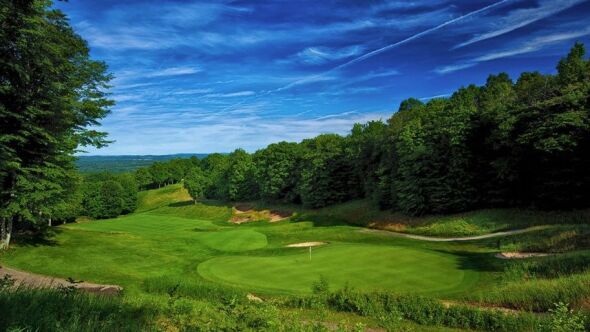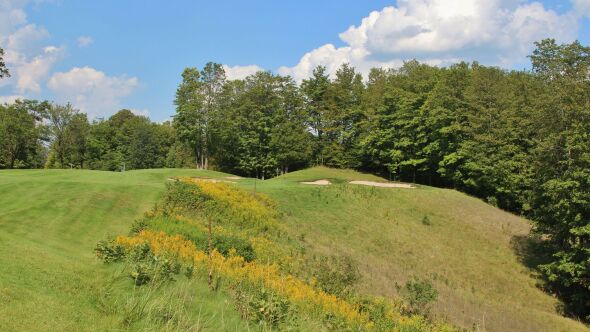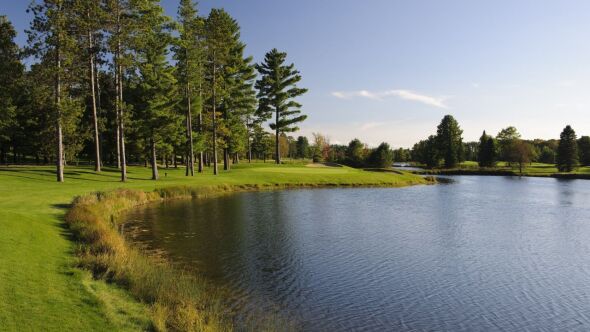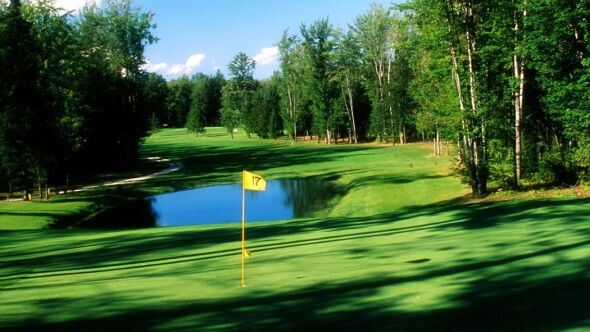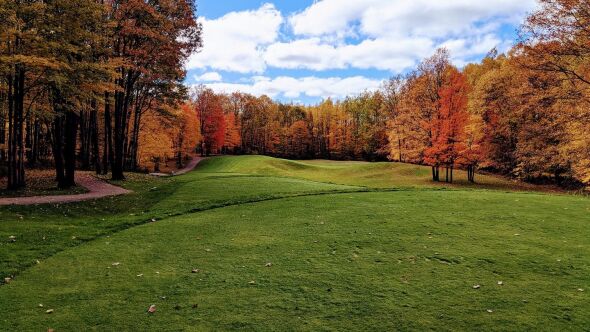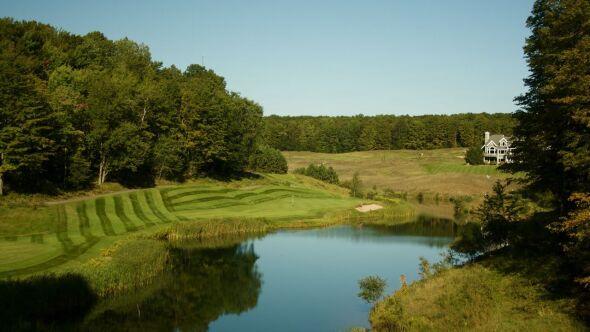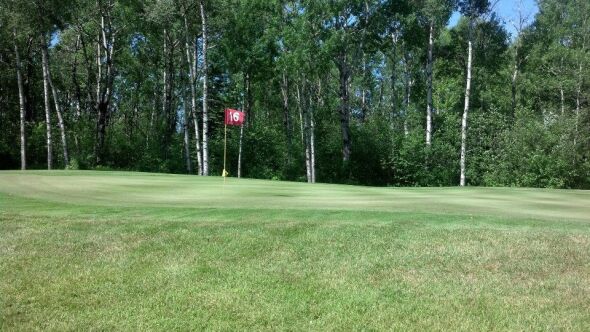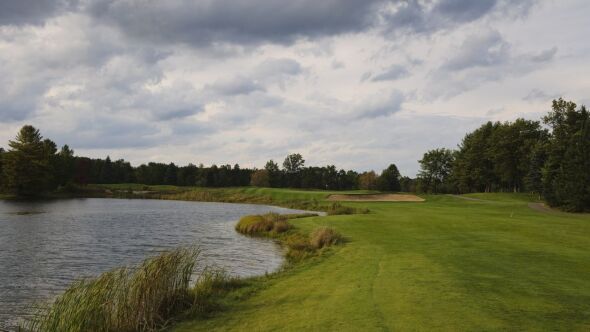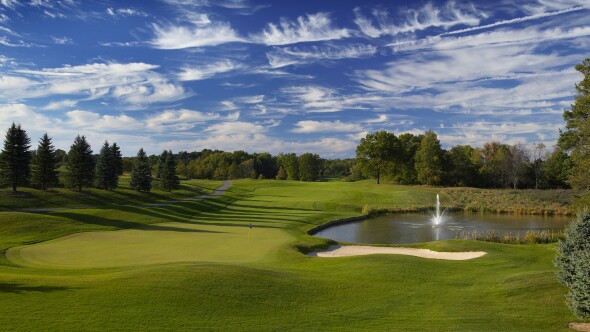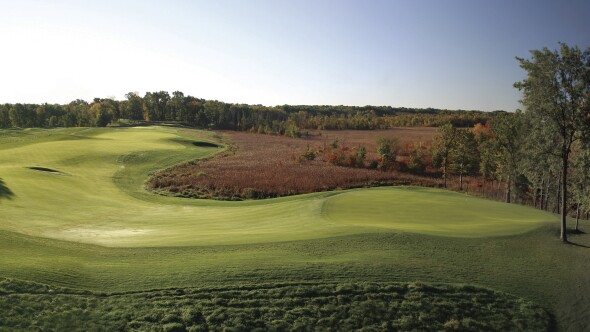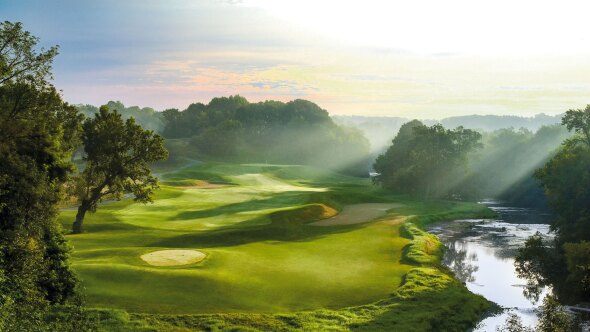Elk Ridge Golf Course

This golf course is closed for business. Not true? Let us know.
Looking for other options nearby?
About
Editor's Note: Course closed for business in 2016.
| Tee | Par | Length | Rating | Slope |
|---|---|---|---|---|
| Gold | 72 | 7072 yards | 76.8 | 146 |
| Blue | 72 | 6654 yards | 74.0 | 139 |
| White | 72 | 6113 yards | 71.8 | 130 |
| Red | 72 | 5261 yards | 74.2 | 133 |
| Hole | 1 | 2 | 3 | 4 | 5 | 6 | 7 | 8 | 9 | Out | 10 | 11 | 12 | 13 | 14 | 15 | 16 | 17 | 18 | In | Total |
|---|---|---|---|---|---|---|---|---|---|---|---|---|---|---|---|---|---|---|---|---|---|
| Gold M: 75.0/144 | 419 | 395 | 554 | 203 | 425 | 203 | 380 | 547 | 387 | 3513 | 184 | 339 | 431 | 578 | 440 | 179 | 381 | 413 | 600 | 3545 | 7058 |
| Blue M: 73.5/141 | 393 | 382 | 529 | 180 | 385 | 176 | 369 | 511 | 372 | 3297 | 149 | 317 | 410 | 554 | 424 | 162 | 367 | 397 | 564 | 3344 | 6641 |
| White M: 70.9/133 | 367 | 359 | 503 | 153 | 374 | 135 | 351 | 490 | 335 | 3067 | 135 | 283 | 389 | 540 | 400 | 126 | 306 | 344 | 523 | 3046 | 6113 |
| Red W: 72.3/130 | 328 | 296 | 442 | 100 | 344 | 103 | 310 | 387 | 286 | 2596 | 122 | 270 | 269 | 455 | 384 | 105 | 294 | 289 | 477 | 2665 | 5261 |
| Handicap | 1 | 3 | 5 | 7 | 9 | 11 | 13 | 15 | 17 | 2 | 4 | 6 | 8 | 10 | 12 | 14 | 16 | 18 | |||
| Par | 4 | 4 | 5 | 3 | 4 | 3 | 4 | 5 | 4 | 36 | 3 | 4 | 4 | 5 | 4 | 3 | 4 | 4 | 5 | 36 | 72 |
Course Details
Rentals/Services
Practice/Instruction
Policies
Available Facilities
ClubhouseReviews
Play if you are in area
This course has been mentioned as a Top 100 Public Course In the US and it doesn't disappoint. My group of 16 played this course last year(8/5/15) and it is the one course that we replaying again this year. The staff was friendly and the food was great (we ate lunch at the course before our round) A must play if you get the chance.
Food for Thought
I brought a group of 20+ golfers to Elk Ridge. I have played it before and liked it so I had no issues with booking this on our itinerary. It was the last (4th) course in our rotation. Course was in good shape. They knocked $7 off of our round since we had a fairly large group. Comparatively speaking, most courses will reduce the cost 20%. That wasn't the case here. Anyway, we teed off at 10:30. The first Lions game was on at 4PM. Our first group finished at 3PM. They were told that no food would be served AND, they can't get the local channel to put the Lions game on. On top of that, one of my guys was told that "it was his fault because he didn't order at the turn". We had just finished a big breakfast at 9:30, why would we order again at 12:30?? Anyway, I approached the manager privately, and he had nothing to say. All my guys wanted was a sandwich, a beer, and the local Fox channel on for the Lions game.
Very pretty course
Played elk ridge in about low 50's weather and the course was pretty wet. Greens were very slow but conditions may have played into it.
Besides that it was a good day. Very pretty views of lake. Course was in great shape. Very challenging pretty narrow fairways and many dog legs.
Value for 55 dollars was very fair. Course is pretty flat although the par 3 with the bunker shaped like a pig was pretty steep and fun.
I recommend you play this course despite it being in the middle of nowhere if you get the chance.











